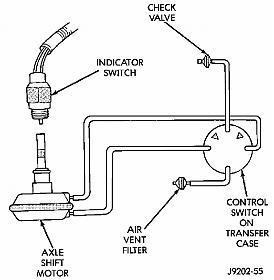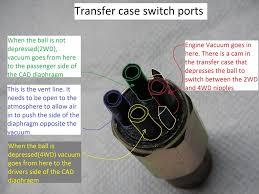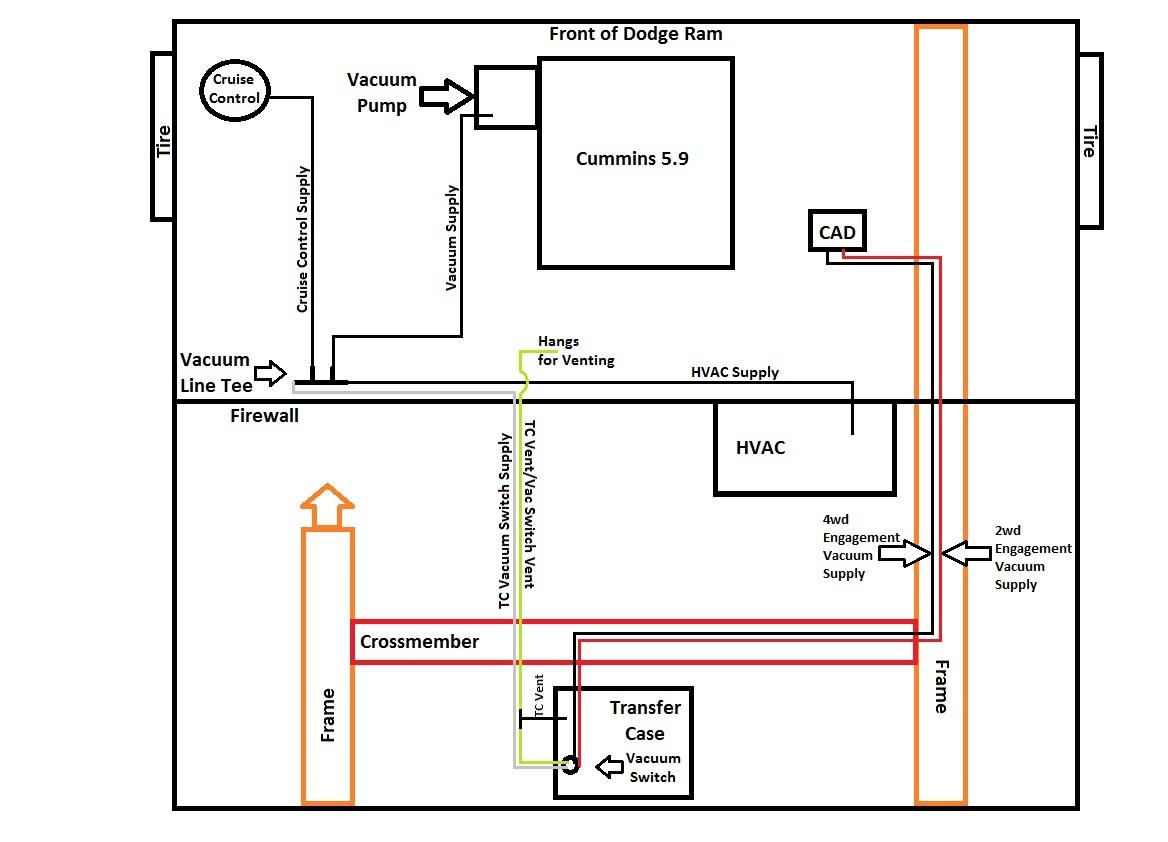- Replies 58
- Views 10.2k
- Created
- Last Reply
Top Posters In This Topic
-
Marcus2000monster 23 posts
-
Mopar1973Man 12 posts
-
dripley 8 posts
-
Me78569 3 posts
Most Popular Posts
-
I know I am posting this a little bit late, but I wanted to clarify some things. I also apologize for any confusion on my part as to whether you should use the hand-operated vacuum pump or use the en
-
I will vouch for the 4x4 posi-lok as well. I no longer worry about my actuator failing on my 98.5 at the worst time and the 2WD low is great for backing trailers.
-
A hand operated vacuum test pump is a good investment, is not that expensive, and will allow you to accurately diagnose vacuum related problems. For example, the CAD unit can easily be te











Ok guys I honestly hate to start another thread but I have a serious problem. It is the dead of winter and my 4x4 won’t work! The engagement stick moves into place but no dash light or 4 wheel drive! I need to get this fixed ASAP! I used it last week so it worked fine then. Help?